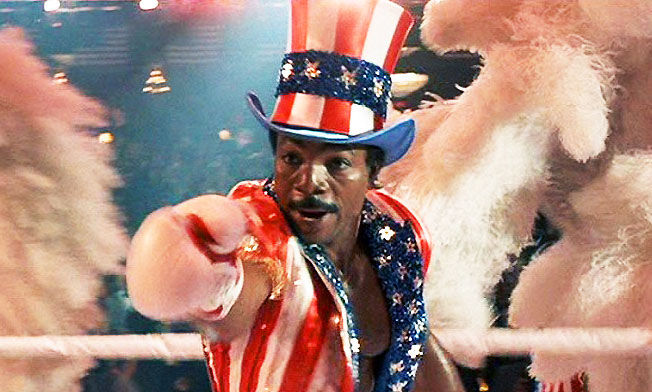
The “dangerous liason” between the protagonist and the antagonist. It is a classic topic in screenwriting handbooks and blogs. The same could be said of antagonist classifications, a classic exercise for screenwriting geeks. Since I am one of them, I’d like to give my contribution to the debate.
Here’s my idea (it’s still in the beta version). Let me explain it. It’s very simple.
The title is: There are two main kinds of antagonist.
First type. The antagonists who embody the hero’s moral flaw. Those who tempt the hero, trying to lure him/her to the dark side.
For example, Ra’s al Ghul represents revenge, which is the negative impulse that menaces to ruin Bruce Wayne’s character arc in Batman Begins.
Instructor Fletcher represents ambition towards perfectionism, a tragic impulse that could swallow Andrew’s life in Whiplash.
In Schindler’s List Amon Goeth is sheer indifference to the value of human lives, while Schindler’s story is about becoming invested in people’s lives, becoming part of their destiny – defeating the temptation to stay indifferent to what happens around him.
Now the second type. The antagonists who embody, in an excessive, often negative degree, what the hero lacks in their soul in order to fulfill him/herself as a human being. They generally put the hero’s trust in him/herself under pressure.
For example, in Rocky, Apollo Creed is showy and overconfident. Self confidence is what Rocky needs in order to reach his true self.
In Amadeus, Mozart is talented, of course, and so in peace with God as to even ignore Him and the idea of thanking Him for being so gifted. Salieri, the protagonist, instead, lacks talent and has a very difficult relationship with God.
In Rush, Hunt loves risks, which Lauda, the protagonist, hates, but should learn to take a little more.
Certainly there are also complex, somehow mixed kinds of antagonists. Think of Miranda in The Devil Wears Prada. Andy, the protagonist, lacks experience, which Miranda has in abundance (first kind). Miranda is, in fact, too experienced, to the point that she is cynical. It is precisely as such that she menaces Andy’s innocence, tempting the young woman to become like her (second kind of antagonism).
As I said, the model is just an idea. Let me know if you think it’s promising enough to develop into an alpha version.

Be First to Comment